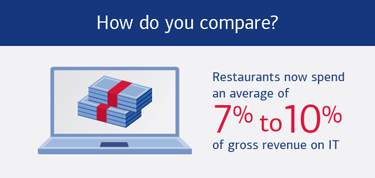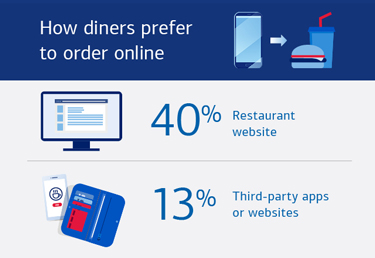Cooling inflation and an easing labor shortage are helping the restaurant industry rebound to greater profitability, and technology is becoming a decisive factor in determining success. Across the industry, tech solutions that speed ordering, reduce errors and enable upselling are being widely adopted. Operators at the forefront are beginning to embrace advanced technologies that mine data to schedule staff more efficiently, create appealing new menu offerings, take orders and more.
“The industry did a good job investing in digital technology and data during the pandemic,” says Cristin O’Hara, Restaurant Group head for Bank of America Commercial Banking. “Now restaurants need to figure out ways to use the data generated by all the equipment they’re using and the cards they’re swiping. It’s not just about collecting data but about using it.”








